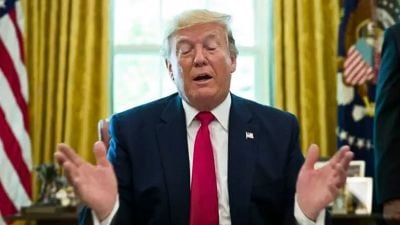Crippling the railways by all-pervasive subsidies
NEW DELHI, FEBRUARY 18: Never mind if the railways have a reputation of running late. Given the years of cross-subsidising passenger traff...

NEW DELHI, FEBRUARY 18: Never mind if the railways have a reputation of running late. Given the years of cross-subsidising passenger traffic by overcharging on freight, today, it’s far cheaper to travel by train than it is even by road. A journey from Delhi to Jammu costs Rs 59 in a second class passenger train but the same would cost Rs 231 — nearly four times more — by an ordinary bus. It costs Rs 54 to travel Delhi-Amritsar by train and Rs 183 by bus. Hyderabad-Mumbai costs Rs 69 by train and Rs 216 by bus. Calcutta-Siliguri costs Rs 58 by train and Rs 164 by bus.
The passenger train fares, on an average, are 2.5 times lower that bus fares in the country — making them among the lowest in the world. And freight, which earns maximum revenue for railways, is among the highest — pushing the goods traffic towards the road sector. So, while 90 per cent of all freight traffic in the country moved by railways in 1950-51, this declined to 70 per cent by 1970, 45 per cent by 1990, and is today down to a mere 30 per cent. Freight, incidentally, is the real revenue earner. The railways, in fact, make losses in passenger traffic since this is so highly subsidised.
Which is why, the railways have been losing money over the years, though they have been “managing” to cover up that they are in the red. The fact that the plan outlay in the last budget was Rs 9,700 crore does not mean much, since the railways have been eating into their capital-at-charge,depreciation reserve fund (DRF) and pension fund.
“This is all statistical fudging. The railways had Rs 3,500 in their reserve fund in 1998 and now it has dwindled to Rs 120 crore,” an official disclosed.
Ironically, despite all the subsidisation, the railways have even been losing out on passenger traffic over the years, primarily due to their delays and poor service.
The crux of the problem, and this is Railway Minister Mamata Bannerjee’s real challenge, is that due to extensive cross-subsidisation, and losses, the railways have been cutting back on modernisation and safety measures. Allocation from the total plan outlay is successively been reduced over the years. In the past 10 years, percentage allocated to track renewal, for example, has gone down from 17 per cent to 14.5 per cent. It has also gone down for bridge works and for signalling and telecom works.
Naturally, the accident rates have gone up. The number of reported accidents have gone up from 398 to 450 in the past five years. The railways have been paying the price for not modernisation, as most of the major accidents in the recent past show.
The rear-end collision of Purshottam Express and Kalindi Express at Firozabad in 1995 — which cost 310 lives — was because of outdated signalling system. The side collision between Jammu Tawi Sealdah Express and the derailed coaches of Golden Temple Mail, killing 209 people near Khanna station in November 1998 was due to rail fracture. The head on collision between Awadh Assam Express and Brahmputra Mail near Gaisal, killing 300 people, occured with the train having been sent on wrong line during non-interlocked working at Kishanganj Station.
With successive railway ministers subsidising passenger fare at the cost of freight, they have not only caused loss of revenue to railways but have also ended up introducing anti-poor budgets, contrary to all their claims.Senior Railway Board officials argue that when the freight charges go up, even a farmer, who is not travelling by train, ends up paying for it in terms of inflation.
With the railway budget for the year 2000-2001 to be presented on February 25, not much is likely to change. Union minister Mamata Banerjee had committed herself on “no passenger fare hike” soon after she took over railways. “Like most ministers before her, she cannot afford to increase passenger fares, especially of the second class. It is likely to be another populist budget,” said an official.CM Khosla, who retired as Member (Traffic), Railway Board, said that the budget makers lacked the political will to take hard decisions, being concerned about their “vote banks.” According to him, keeping the passenger fares stagnant, did not necessarily translate into votes. “It is a misplaced concept that only the poor travel by train,” he said.
Photos





- 01
- 02
- 03
- 04
- 05


























